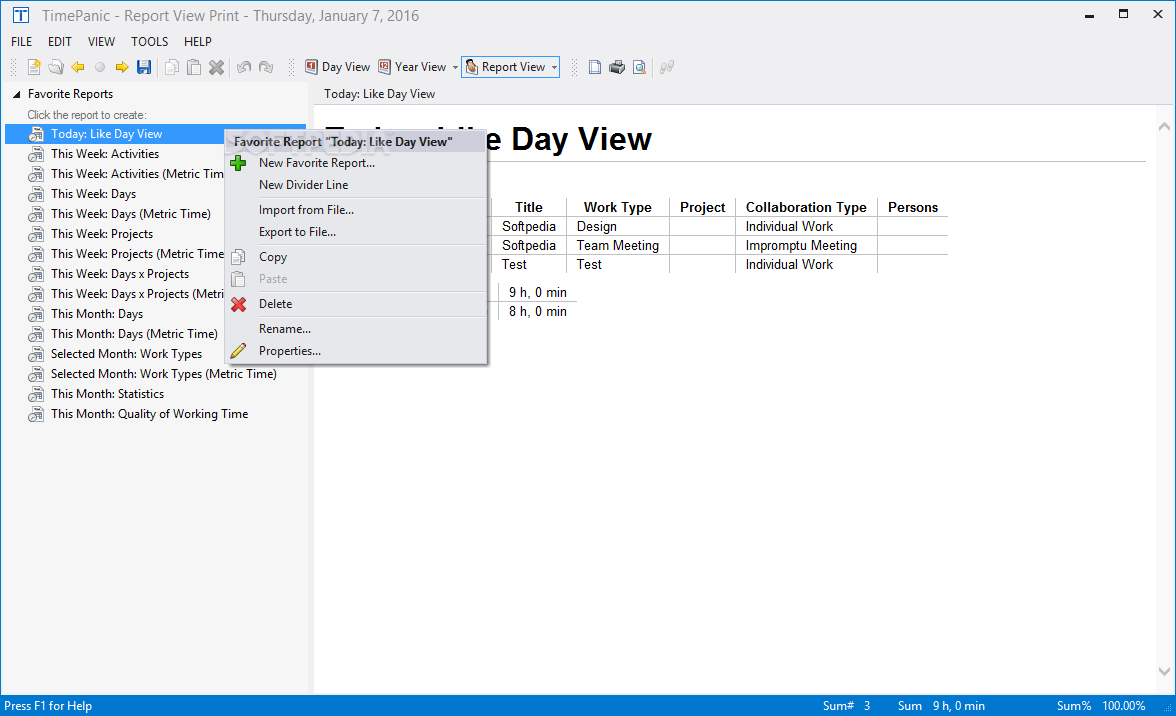
It all depends on how you use your system. Here you can decide on the backup frequency. The most important difference between the two is that BTRFS is a filesystem that needs its own partition, while RSYNC can save the data anywhere, so is more flexible.Ĥ) Select the external drive that you want to use for your Timeshift backups. Here you can choose between RSYNC and BTRFS. The first time the Setup Wizard will be presented to you: If not run to your local computer dealer to buy one.ġ) Start Timeshift via your applications menu.Ģ) You must login as administrator so give your admin password.
Timeshift usb backup how to#
Sudo apt-get install timeshift How to use Timeshift to backup and restore Linux Mintīefore we start I assume that you have an extra external hard drive at your disposal.

Sudo apt-add-repository -y ppa:teejee2008/ppa Then use for Debian based distributions the following command line instructions: If you don’t run Linux Mint or a much older version, you probably won’t find Timeshift in the repositories of the distribution.
Timeshift usb backup software#
If you run an older version, like 18.X of Linux Mint you go to the Software Manager in your applications menu… How to install TimeshiftĪs already said Timeshift is a standard application within Linux Mint 19, so if you are in that situation, you just go to your applications menu and search for Timeshift. And this is not only on a daily, weekly or monthly basis but it is even possible to do this on an hourly schedule. That is a very powerful functionality, because you are in control and you can decide which moment was a safe situation to be used as a basis for the recovery. In Timeshift the backup moments are shown in an overview and based on this overview you can choose from which moment in the past you want a restore to take place. The incremental backups will be executed on the basis of this schedule.

It is possible to set a backup schedule in Timeshift. Timeshift is not intended to restore individual files. Do you want to be able to access your backed up personal files directly without being dependent on specific software? Do you want to be able to select an individual file out of multiple versions in time? For these use cases Timeshift is not the right solution as it only offers you to restore a backup of a complete set of multiple files.

It is always important to determine what requirements you have for a backup tool. Timeshift is in my opinion not meant for every backup situation. Timeshift is primarily intended to completely reverse your system to the situation of a certain moment in the past when the system was still working properly. But also the amount of storage needed is much smaller. The advantage of this is that these backups are much faster, since the number of files that are in scope is much smaller.
Timeshift usb backup full#
The first time, when there is nothing backed up yet, Timeshift will have to make a full initial backup of course, but from then on Timeshift only looks at the modified files and then only makes a backup of those changes. Timeshift works on the basis of incremental backups. And by the way, Timeshift can be used in whatever other distribution as well. But for securing your system implementation including your home folder, Timeshift is a perfect solution, as it enables you to recover your whole system when something really went wrong. To secure and restore your individual personal files, such as text documents, spreadsheets, photos and films, which are maybe even stored on separate drives, it is advisable to use another backup application such as LuckyBackup or Cronopete. Timeshift is not meant for every backup situation. If you use an older version of Linux Mint you can just simply install it via the Software Manager.

Since Linux Mint 19 Timeshift is a simple backup application that is standard integrated in the Mint distribution. In this article I will discuss how to use Timeshift to backup and restore Linux Mint as it is a perfect little application to backup and restore your system files. So we need to be aware about those situations and act on it by setting up a good backup implementation. But the risks are not only about crashes, as it also involves flooding, fire and lightning strike, but also just wrong human actions and decisions. Every storage device like a hard drive or SSD device has a limited lifespan and the moment it stops working is always at an unexpected and undesirable moment. The question is not if your storage device will break down, but when it will actually happen. There are two types of people in the world, those who have already had a hard drive crash and those who will get one soon.


 0 kommentar(er)
0 kommentar(er)
